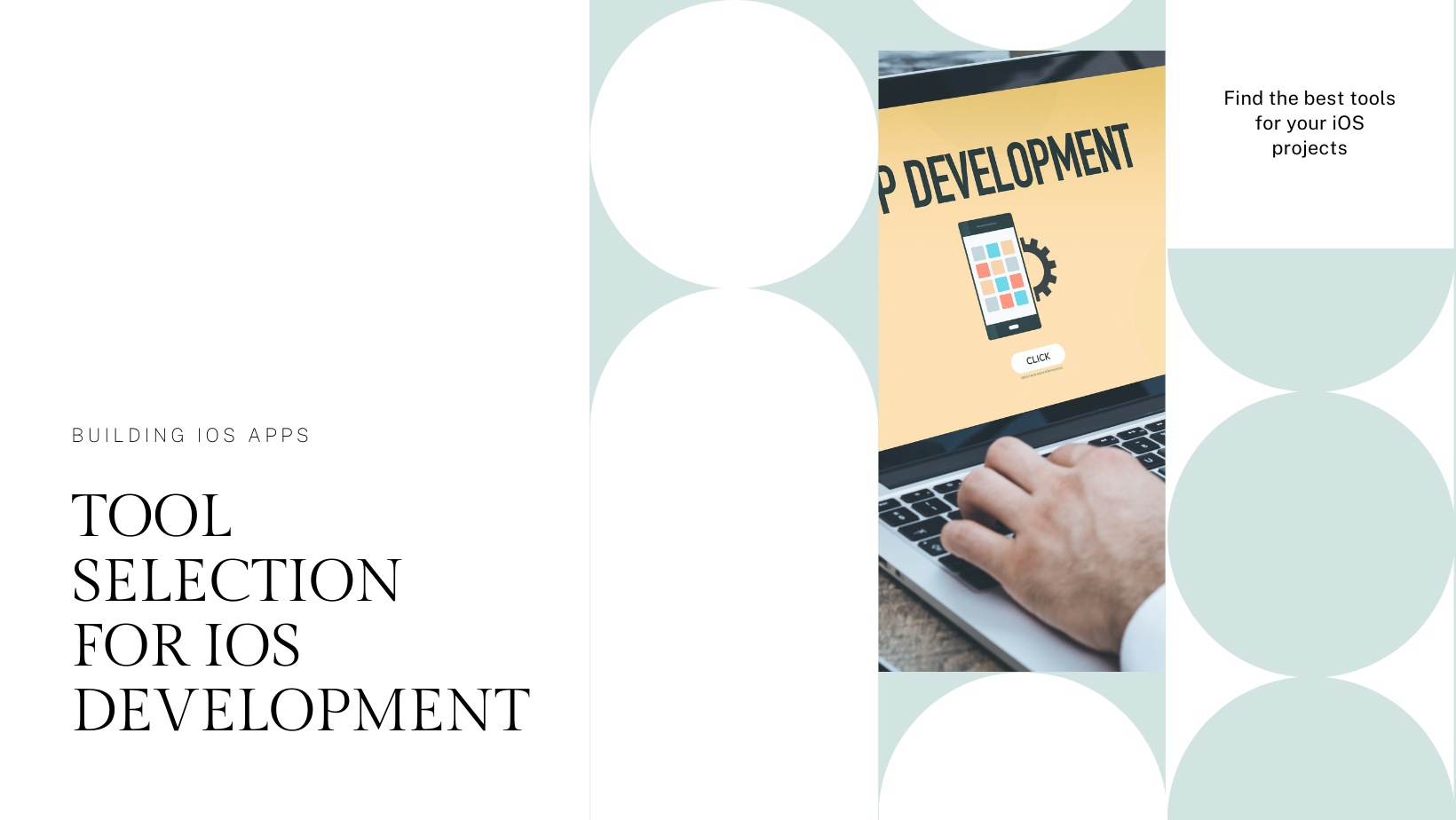In the ever-evolving world of digital design, user experience (UX) stands as a cornerstone for creating successful products. To ensure your product resonates with users and meets their needs, conducting thorough user research is essential. User research provides insights into user behaviors, motivations, and pain points, allowing designers to create intuitive and effective experiences. In this blog, we will explore the steps and methods for conducting user research to achieve better UX.
Understanding the Importance of User Research
User research involves gathering data about users’ needs, preferences, and experiences. This data informs the design process, ensuring that the end product is user-centric and aligns with user expectations. The benefits of conducting user research include:
- Informed Design Decisions: Research-driven insights guide design decisions, reducing guesswork and aligning the product with user needs.
- Improved Usability: Understanding user behaviors and pain points helps in designing intuitive interfaces that enhance usability.
- Increased User Satisfaction: A product tailored to user needs leads to higher satisfaction and engagement.
- Reduced Development Costs: Identifying issues early in the design process prevents costly revisions later.
Steps for Conducting User Research
To conduct effective user research, follow these steps:
- Define Research Objectives
- Choose Research Methods
- Recruit Participants
- Conduct Research
- Analyze Data
- Present Findings
Step 1: Define Research Objectives
Before embarking on user research, it is crucial to define clear objectives. What do you want to learn from your users? Common research objectives include:
- Understanding user needs and pain points.
- Identifying user behaviors and preferences.
- Evaluating the usability of an existing product.
- Testing new design concepts or features.
Clear objectives guide the research process and ensure that the findings are actionable.
Step 2: Choose Research Methods
There are various research methods to gather user insights, each with its strengths and limitations. The choice of methods depends on the research objectives and the stage of the design process. Common user research methods include:
1. Surveys and Questionnaires
Surveys are effective for collecting quantitative data from a large user base. They can be used to gather demographic information, user preferences, and feedback on specific features. Online survey tools like Google Forms or SurveyMonkey make it easy to create and distribute surveys.
2. Interviews
Interviews involve one-on-one conversations with users to gather in-depth qualitative data. They provide insights into users’ thoughts, motivations, and experiences. Interviews can be structured (with a set list of questions), semi-structured (a mix of set and spontaneous questions), or unstructured (open-ended conversations).
3. Focus Groups
Focus groups involve moderated discussions with a small group of users. They are useful for exploring user attitudes, beliefs, and perceptions. Focus groups can reveal diverse perspectives and spark new ideas through group interactions.
4. Usability Testing
Usability testing involves observing users as they interact with a product to identify usability issues. Participants are given specific tasks to complete, and their behaviors, difficulties, and feedback are recorded. Usability testing can be conducted in-person or remotely using tools like UserTesting or Lookback.
5. Field Studies
Field studies, or contextual inquiries, involve observing users in their natural environment. This method provides insights into real-world contexts and user behaviors. Field studies are particularly useful for understanding how users interact with products in their daily lives.
6. Card Sorting
Card sorting helps in organizing information architecture by having users categorize and label content. This method reveals how users think about and group information, aiding in the design of intuitive navigation structures.
Step 3: Recruit Participants
Recruiting the right participants is crucial for obtaining relevant insights. Consider the following factors when recruiting participants:
- Target Audience: Ensure participants represent the target user base of the product.
- Diversity: Include participants with diverse backgrounds, experiences, and skill levels to capture a wide range of perspectives.
- Incentives: Offer incentives, such as gift cards or discounts, to motivate participation.
Use various channels to recruit participants, such as social media, email lists, and user panels.
Step 4: Conduct Research
With objectives defined, methods chosen, and participants recruited, it’s time to conduct the research. Keep the following tips in mind:
- Prepare: Create a research plan outlining the objectives, methods, timeline, and responsibilities. Prepare necessary materials, such as interview guides, surveys, or testing scripts.
- Create a Comfortable Environment: Ensure participants feel comfortable and understand the purpose of the research. Obtain informed consent and assure participants that their responses will be confidential.
- Stay Neutral: During interviews and usability tests, remain neutral and avoid leading questions. Allow participants to express their thoughts freely.
- Record Data: Record sessions (with participants’ permission) and take detailed notes. Use audio, video, or screen recordings to capture interactions and feedback accurately.
Step 5: Analyze Data
After collecting data, the next step is to analyze it to extract meaningful insights. The analysis process may vary depending on the research methods used:
1. Quantitative Data Analysis
For surveys and quantitative data, use statistical analysis tools like Excel, Google Sheets, or specialized software like SPSS. Look for patterns, trends, and correlations in the data. Visualize findings using charts, graphs, and tables.
2. Qualitative Data Analysis
For interviews, focus groups, and qualitative data, use thematic analysis to identify recurring themes and patterns. Transcribe recordings and use coding techniques to categorize and interpret the data. Tools like NVivo or Dedoose can assist in managing and analyzing qualitative data.
3. Usability Test Analysis
For usability tests, review recordings and notes to identify usability issues and areas for improvement. Look for patterns in user behavior, task completion rates, and feedback. Create a list of actionable recommendations based on the findings.
Step 6: Present Findings
The final step is to present the research findings to stakeholders. A well-structured presentation or report ensures that the insights are communicated effectively and can be acted upon. Consider the following when presenting findings:
- Executive Summary: Provide a concise overview of the research objectives, methods, key findings, and recommendations.
- Detailed Findings: Present detailed findings, supported by data visualizations, quotes, and examples. Highlight key insights and patterns.
- Actionable Recommendations: Offer clear, actionable recommendations based on the research findings. Prioritize recommendations based on impact and feasibility.
- Interactive Workshops: Consider conducting workshops or interactive sessions with stakeholders to discuss findings and brainstorm solutions collaboratively.
Best Practices for Conducting User Research
To maximize the effectiveness of your user research, follow these best practices:
- Start Early: Incorporate user research early in the design process to ensure that user insights shape the product from the outset.
- Iterate and Refine: Conduct research iteratively, gathering feedback at different stages of the design process. Use insights to refine and improve the product continuously.
- Engage Stakeholders: Involve stakeholders throughout the research process to ensure buy-in and alignment. Share findings and involve them in decision-making.
- Be Empathetic: Approach user research with empathy and an open mind. Listen to users’ needs and experiences without bias.
- Stay Ethical: Ensure ethical research practices by obtaining informed consent, maintaining confidentiality, and respecting participants’ privacy.
Conclusion
Conducting user research is a vital step in creating better user experiences. By understanding users’ needs, behaviors, and pain points, designers can create products that are intuitive, efficient, and enjoyable to use. From defining research objectives to presenting findings, each step in the research process contributes to building a user-centric product.
At Sodio Technologies, we are committed to leveraging user research to deliver exceptional UX design. Our expertise in conducting comprehensive user research ensures that our designs are grounded in real user insights, leading to products that truly resonate with users. If you are looking to enhance your product’s user experience through effective user research, contact us today. Let us help you create a product that delights and engages your users.
4o






